Using Wildlife To Track Environmental Conditions
Geolocation sensors, often attached to animals via collars or tags, can provide scientists with endless data on wildlife & the environment.
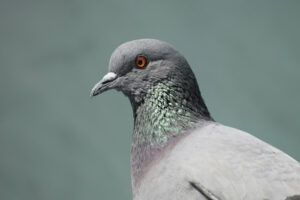
Geolocation sensors, often attached to animals via collars or tags, can provide scientists with endless data on wildlife & the environment.
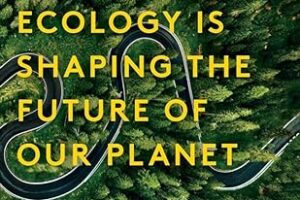
Bill Streever reviews Ben Goldfarb’s new book Crossings: How Road Ecology is Shaping the Future of Our Planet…

The recent uptick in heat waves has sent many different species of wildlife scurrying for new habitat where they can keep cool.
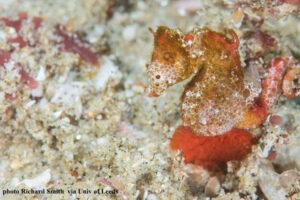
Seadragons and seahorses are facing an uphill battle as the quality of marine ecosystems deteriorates all around them…

Several apps are now available for Android and iPhone that can help you identify what plants and animals are around you.
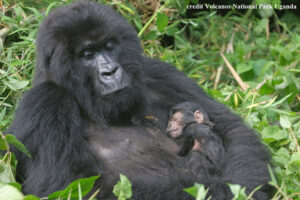
Few people would make the connection that their choice of coffee might help a critically endangered species as the Mountain Gorillas.
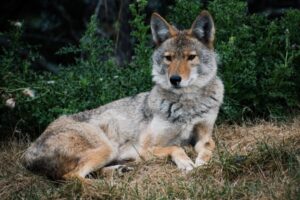
Coyotes are becoming more & more common in urban & suburban areas across the U.S. and there’s not much we can do about it…

Since the dawn of the Industrial Age, global sea turtle populations have decreased by 2/3, with only 6.5 million sea turtles left today.

One of the fastest trending types of garden is one for pollinators, specifically one that attracts butterflies.

Bobcats are rarely seen, but poet Lynne Goldsmith still feels their presence…